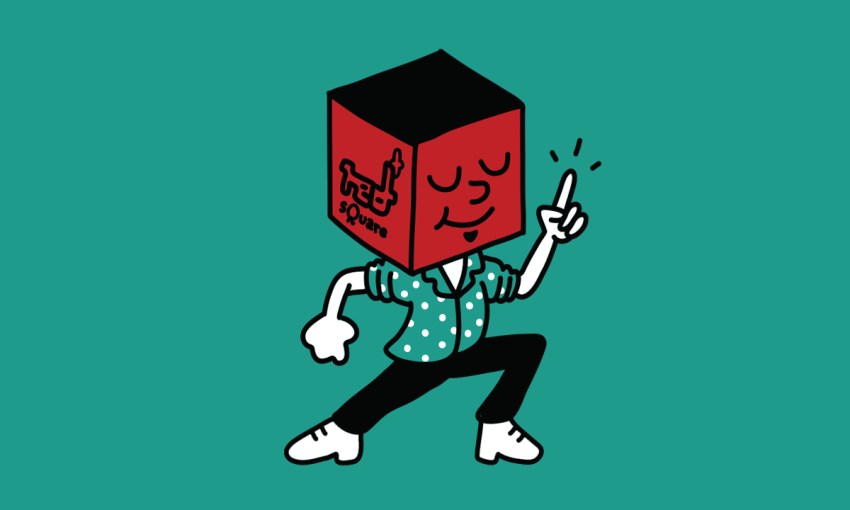Whether we partied and danced at Limbo, Jules or any of a myriad of clubs and pubs then or now, Adelaide has had a varied after-dark experience. With CityMag staffers spanning generations, it became clear our nightlife experiences have changed over time.
A generational journey through Adelaide’s party scene
To see just how much, CityMag talked to five different party people hoping to get a broader outlook on Adelaide nightlife through the generations, based on the memories they could string together from those unforgettable nights.
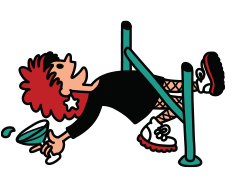
Baby Boomers (1949—1964)
Sam Agresta recalls going to a disco called Bogart’s in the 70s which, upon reflection, he says was “quite horrible”.
“But Dom Pérignon was $4 a bottle,” Sam adds.
“We went there after the Old Lion closed at midnight.
“You had to dress up – suits and ties. You didn’t go to Hindley Street in baggy pants.”
In a bid to make a solid income, Sam went from nightclub patron to nightclub owner. Though many clubs in the 70s were filled with disco tunes and radio hits, Sam went against this stereotype and wanted to open a nightclub for the alternative. So, in 1978, he opened Toucan.
“In the late 70s and early 80s, it was still disco everywhere you went. You heard Michael Jackson and God knows what,” Sam says disapprovingly.
Sam says Toucan was more alternative than other clubs on the scene, drawing in all types of Adelaideans, but “mostly artistic people”. Frequent patrons inlcuded uni students and artists.
Sam recalls working the late-night shift and encountering unorthodox characters of Adelaide. But Toucan’s main type of
patron however, were punks.
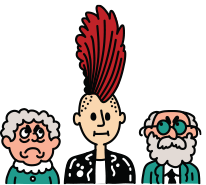
“Rings in their ears and noses, and dark black clothes, Doc Martens, spiky hair – and they were a pest,” Sam says.
But they gave Toucan character, and the walls stories to tell – if they could only talk.
“We used to have this punk rocker at Toucan club who’d come and smash one wall every week, and I had to plaster it on Monday and repaint it,” Sam says.
“Anything I told them, they do the opposite. But it was fun, it was a lot of fun.”
Sam owned Toucan up until 1981. He then put his fortune into another Adelaide nightlife icon, nightclub Limbo in 1985.
“There was a gap in the market, and these people needed somewhere to go – somewhere decent and enjoyable,” he says.
“Whatever the others didn’t play, we played.”
In doing so, they brought in crowds of LGBTQIA+ identifying people, mixed punk rockers and artists.
Limbo, again being a place for the alternative, was coloured in yellow, blue and terrazzo flooring, and became the place to be seen.
The nightclub lifestyle wasn’t for everybody, but Sam saw the best of it.
“We didn’t have anybody there until midnight, and the last ones would leave at six in the morning,” he says.
“We used to sit out front the club and watch all these people drinking coffee on their way to work. It was funny – we were drinking champagne!”
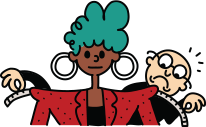
Gen X (1965—1980)
Lawrence Orlando often found himself partying at the Old Lion, Da Vinci’s, Jules Bar and the Underground during the crazy 80s.
“They all had their unique spot. Each one drew a different crowd,” Lawrence says.
“Jules was more the Hindley Street type scenario – a bit more unpolished.”
A suit and tie was Lawrence’s outfit of choice when frequenting Hindley Street as “that’s what it was like back in those days”, but the 80s played a vital role in Adelaide’s fashion scene.
“It was stonewashed denim, loafers for guys,” Lawrence says.
“It was more vibrant colours in the dress code – you had people like Madonna and Cyndi Lauper that were very flamboyant, loud… it was a totally different thing.”

Fashion was very important to party girl Manuela Castelluzzo. Her club of choice was Rio’s, which in her opinion, would attract a fashion forward crowd.
“That was I suppose a time when girls and guys, to a certain degree, would really dress up,” Manuela says.
“Big hair, big fringes – we had to use Taft Hairspray because you had to make sure that hair stood up. It was the bigger the better.
“[There were] big shoulder pads and ostentatious dressing – it was really about standing out.”
Rio’s constantly played pop music, and Manuela recalls Wham, Madonna and Prince all having their obvious influence on the tunes. Going to Rio’s was one of the only chances she could catch an earful of the latest music, as simply listening to songs was hard to come by in a pre-Spotify era.

Millennial (1981—1996)
Casey Young was also a party girl. Despite the different ways a night on the town could end, it always began the same way.
“All the girls, we would all start at one of our houses, generally my house, everyone would get ready together,” Casey says.
“We’d all have a nap first in the afternoon and watch Geordie Shore in bed and have our time sleeping, get up, start getting ready, then we’d always have pre [drinks] at home.
“Everyone would be raiding everyone’s clothes – this is so ridiculous now that I think about it [because] all we were doing was going to town, [but] I would go to General Pants and Co. and find an outfit every weekend.”
Casey’s outfit of choice was a peplum top (her favourite being a three-stripe concoction in fluorescent yellow, green and coral), a tube skirt, accessorised with a chunky colourful necklace and her hair in a high top-bun.
Despite venturing to Westfield Marion to purchase a new outfit once a week, Casey says her friendship group were “cheap”. This meant hitting up Hindley Street before 9pm to get free entry into Red Square.

The night would usually then follow as planned: go to The Rosemont, now known as The Rosey, for “cheap drinks like Jägerbomb and Skittle bombs”, which would be followed by a sesh at the Woolshed. The night would end by making use of the stamp they ventured to Hindley Street so early for in the first place, Red Square. Once at the much desired last stop, they “pretty much stayed until it closed”.
After a few – now illegal – Pulses later (an energy drink mixed with vodka), Casey and her friends would head home as the sun came up and reminisce on the weekend that passed, keen to repeat it all again the next week.
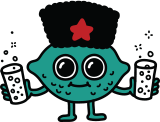
Gen Z (1997— 2012)
Daniel Perks and this Gen Z journalist both agree it is a challenge to stereotype the generation you’re living in.
While nightclubs like Fat Controller, Rocket and Loverboy are still (somewhat) relevant, Daniel, being a DJ, opts for Ancient World, on Hindley.
According to Daniel, Ancient World – like Limbo once was – is a place for the alternative.
“A perfect night out would be going to a gig and seeing DJs that I like at Ancient World, or even seeing some music that’s a bit experimental, or a bit random and strange,” Daniel says.
Daniel claims that along with the rest of Gen Z in Adelaide at least, thinking outside the norm seems to be the new norm.
“With the internet, we’re always seeking out uniqueness,” Daniel says.
“I really enjoy things that are so left field, not just because they’re left field but just because it’s interesting – I just want to find things that deviate from the normal kind of thing.”

This ethos of constantly finding the abnormal makes places like Ancient World mainstream, meaning there has to be something new coming along soon.
“Social media is giving people a platform to do pretty much anything they want, and it seems… people want strange things,” Daniel says.
“We’re constantly seeking out new and interesting things.”
Gen Alpha will soon be joining the winding club lines down Hindley and scoping out the abnormal, but until then, can we pretend like our nightlife memories won’t age with us?
This article was first published in print Issue 41 of CityMag, released in November 2023.



